HPS or LED for Cannabis in 2025? The Ultimate Guide to Bigger, Better Buds
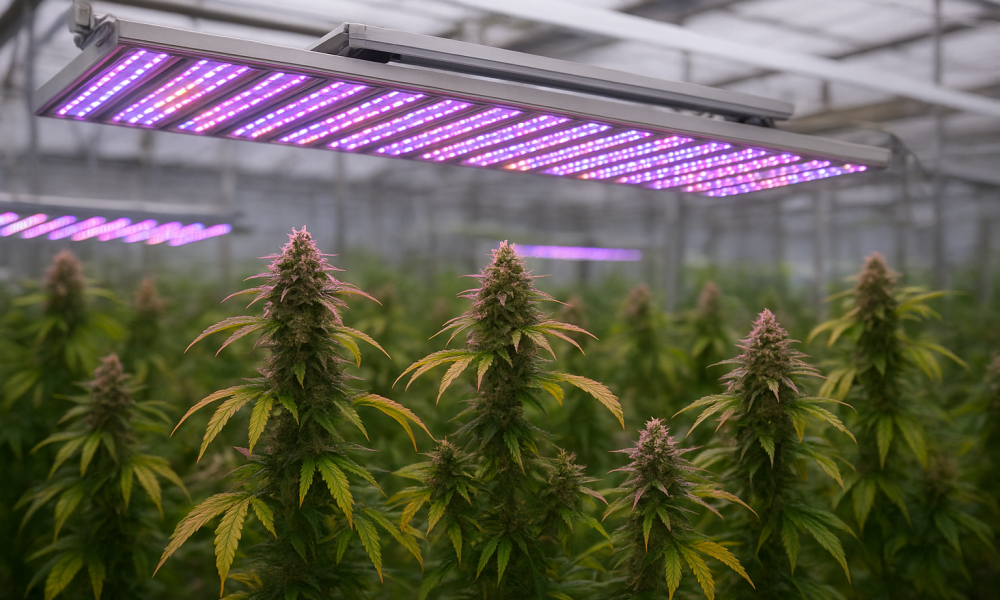
Why Your Cannabis Light Choice Shapes Every Bud
If you’ve ever grown cannabis from seed to harvest, you know one rule: light is everything. Just as the sun shapes the flavor of grapes, artificial light in grow rooms defines cannabis yield, potency, and terpene richness. For beginners exploring HPS vs LED cannabis grow lights 2025, the choice may seem only about “brightness,” but it’s far more. Light isn’t just lumens—it’s spectrum, intensity, and the way it drives photosynthesis. Scientific studies show cannabis reacts differently to red, blue, and full-spectrum light. For example, a 2021 Frontiers in Plant Science study found red-blue balanced LEDs produced higher cannabinoid levels than traditional sodium lamps. Think of cannabis as a solar-powered factory: leaves absorb photons, turning them into sugars and energy that fuel THC and terpene production. Weak light means weak plants; optimal light delivers sticky, resinous buds bursting with aroma and potency.
Practical tip for beginners:
Start by thinking of lights as the “sun” of your indoor grow. If your “sun” is weak, your harvest will be too.
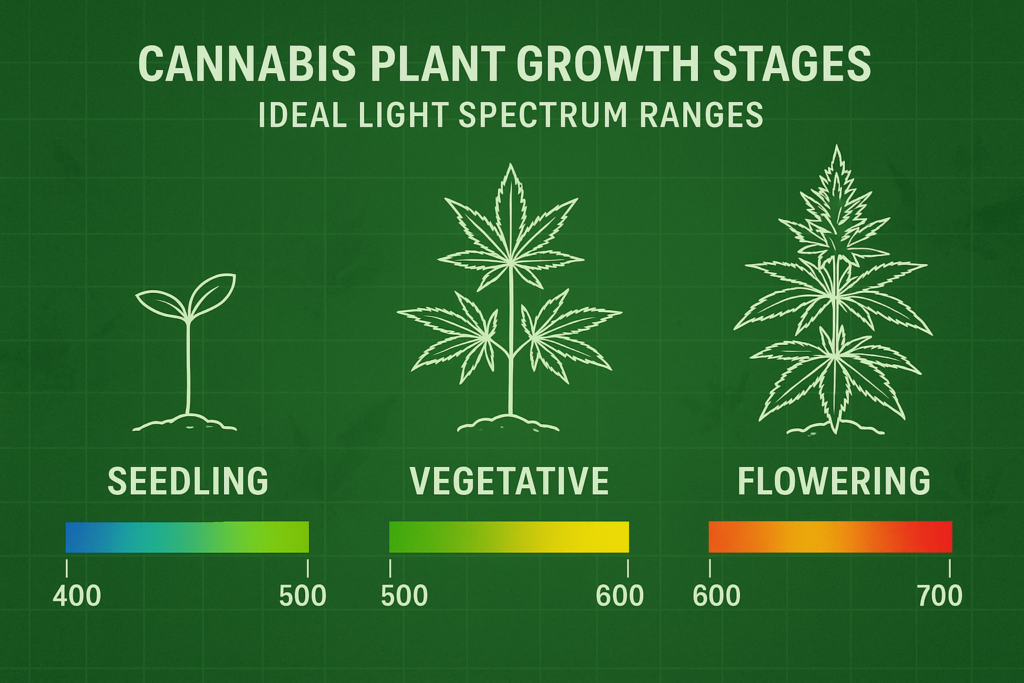
What HPS Grow Lights Still Bring to Cannabis Gardens
Step into any old-school grow and you’ll see the amber glow of HPS (High-Pressure Sodium) lamps. For decades, they’ve been the backbone of indoor cannabis cultivation thanks to their affordability, reliability, and strong red-orange spectrum that boosts flowering. HPS excels at canopy penetration, ensuring even lower buds receive energy, which is why many commercial growers still trust them in 2025. In the HPS vs LED cannabis grow lights 2025 debate, HPS remains popular for heavy yields, especially with strains like Kush and Skunk, as shown in Horticultural Research Journal (2020). But the downside is heat: HPS fixtures run extremely hot, raising cooling costs and risking plant stress. A California grower noted great yields but nearly double the electricity bills compared to LED. While LEDs may edge ahead in potency and efficiency, HPS continues to prove that older technology still delivers when maximum weight is the goal.
Pro tip for advanced growers:
If you’re running large rooms with strong HVAC systems, HPS can still be a solid option—especially for cultivars known for their heavy yield potential.
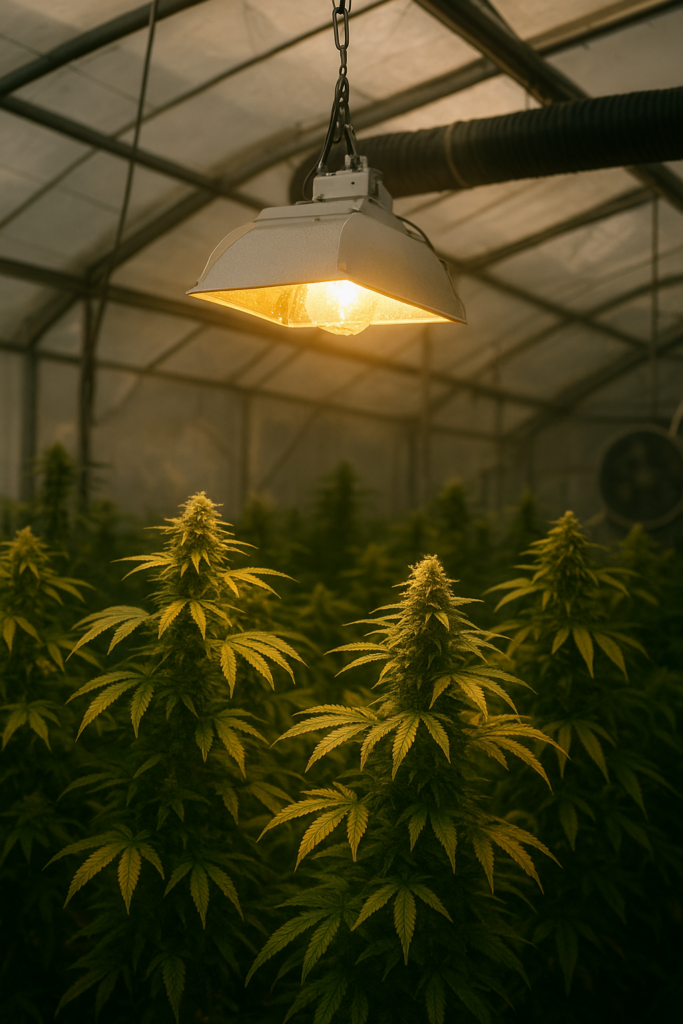
LED Grow Lights in 2025 — Smart Cannabis Tech or Just Shiny Hype?
Flash forward to 2025, and LEDs aren’t just glowing panels—they’re smart farming tools. Modern LED grow lights allow fine-tuned spectrum control: imagine dialing in more blue during veg for leafy growth, then switching to a red-heavy mix for flowering—all from your phone.
This tech isn’t hype. A 2022 paper in Plant Physiology confirmed that LED-grown cannabis plants had up to 30% higher terpene concentrations compared to HPS. That’s a serious flavor and aroma boost.
Another big win for LEDs? Efficiency. They produce more light per watt and run cooler, meaning growers save money on both electricity and cooling. Over a full harvest cycle, this can mean hundreds of dollars saved per tent or thousands in commercial facilities.
Of course, LEDs come with a learning curve. Not all LEDs are created equal, and some cheaper panels lack the intensity needed for dense buds. But in 2025, reputable brands are closing the gap.
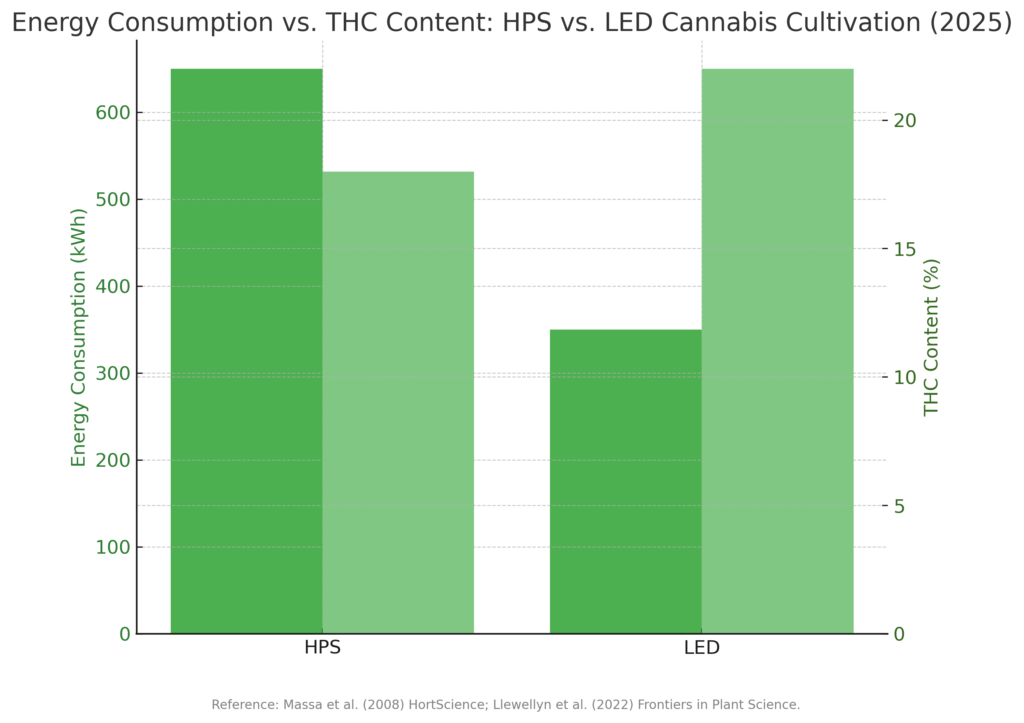
Which Cannabis Light Setup Pushes THC to the Max? HPS or LED cannabis grow lights
Let’s cut to the chase: every grower asks the same question—which light makes stronger weed?
The answer isn’t simple. Potency depends on strain genetics first—you can’t make a low-THC strain into a powerhouse just by changing the bulb. But once genetics set the ceiling, light decides how close you’ll get.
A Research in Cannabis and Cannabinoid Research Journal (2021) compared LED and HPS on identical genetics. Results showed that LEDs slightly outperformed HPS in THC and CBD percentages, especially under full-spectrum diodes. HPS, however, often delivered bigger raw yields.
So it’s a trade-off:
- LED: Higher potency, richer terpene profile, slightly smaller yields.
- HPS: Bigger harvest weight, sometimes less flavor and potency.
Advanced growers often combine both lights—using LED for spectrum richness and HPS for canopy penetration. This hybrid approach can produce heavy, potent harvests.
Practical tip:
If you’re growing cannabis for personal use and care more about flavor and strength than sheer weight, go LED. If you’re a commercial grower chasing pounds per square foot, HPS or a hybrid setup may suit you better.
Bills, Heat, and Sustainability: The Real Cost of Cannabis Grow Lights
Cannabis cultivation isn’t just about buds—it’s about the bills. Lights are the biggest energy drain in indoor growing.
On average:
- HPS: Higher wattage, more cooling needed → higher electricity bills.
- LED: Lower wattage, less cooling → upfront cost is higher but savings long-term.
In fact, a 2022 report by the U.S. Department of Energy estimated that switching all indoor cannabis cultivation to LEDs could save over $400 million annually in electricity costs nationwide. That’s not just good for wallets—it’s good for the planet.
Environmental impact: HPS bulbs also contain hazardous materials (like sodium and mercury), making disposal tricky. LEDs last longer—sometimes up to 50,000 hours—meaning fewer replacements and less waste.
Pro tip for growers: Always calculate cost over the lifetime of the lamp. An LED may be twice the price upfront but pays itself back in 2–3 harvests.
Beginner’s Shortcut vs Pro’s Playground: Finding Your Cannabis Lighting Setup
Choosing between LED and HPS isn’t just about tech—it’s about you as a grower.
- For beginners: LEDs are forgiving. They run cooler, reduce risk of burning plants, and many modern models are “plug and play.”
- For advanced growers: HPS allows intense canopy penetration and can be combined with LEDs for fine-tuned control.
Think of LEDs as an automatic car—easy, efficient, reliable. HPS is more like a manual transmission sports car: more power, but more effort to manage.
Suppose a first-time grower in Spain started with a mid-range LED and harvested frosty, terpene-rich buds with minimal hassle. Meanwhile, a professional grower in Nevada used a dual HPS + LED rig to achieve record-breaking yields for a commercial crop.
Practical tip:
Beginners should invest in a quality LED to learn plant care without the headaches of excess heat. Once experienced, experimenting with hybrid setups can unlock even greater results.
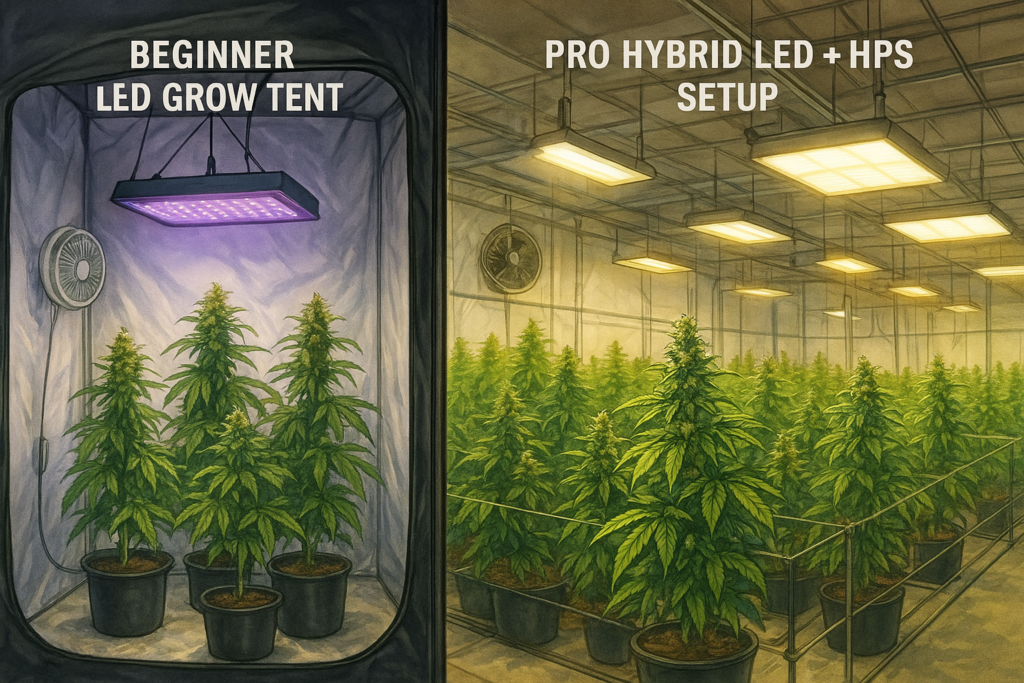
So, HPS vs LED cannabis grow lights in 2025? Cannabis Grower’s Final Word
Here’s the truth: there’s no universal winner. It depends on your goals, your space, and your style.
- Want the strongest-smelling, most flavorful buds? Go LED.
- Want big yields and don’t mind heat management? Go HPS.
- Want the best of both worlds? Try a hybrid setup.
In 2025, LEDs have finally matured into serious contenders, no longer just expensive gadgets. HPS remains a workhorse that’s hard to ignore. Together, they give growers more options than ever to craft cannabis exactly how they want.
And at the end of the day, the best light isn’t just about grams or THC—it’s about growing a plant you’re proud of, one that captures the care, time, and passion you put into it.
10 Key Terms about HPS vs LED cannabis grow lights in 2025
- PPFD (Photosynthetic Photon Flux Density): Measurement of usable light hitting a plant per second.
- PAR (Photosynthetically Active Radiation): The spectrum of light plants can actually use (400–700 nm).
- Spectrum Tuning: Adjusting LED light color output for plant growth stages.
- Canopy Penetration: How deeply light reaches through plant leaves.
- Heat Load: The total heat generated by grow equipment.
- Efficacy (µmol/J): How efficiently a light converts electricity into usable photons.
- Veg Stage: Early growth period when cannabis develops stems and leaves.
- Flower Stage: Bud development stage where light spectrum matters most.
- Ballast: Device that regulates power to HPS lamps.
- Light Burn: Plant damage from excessive light intensity or heat.
🌱 Ready to take your cannabis cultivation to the next level? Visit our shop page today to explore premium cannabis seeds from the world’s top breeders—perfect for pairing with your LED or HPS setup in 2025.
💬 Which side are you on in the great grow light debate—Team LED or Team HPS? Share your experience in the comments below, we’d love to hear your story!
